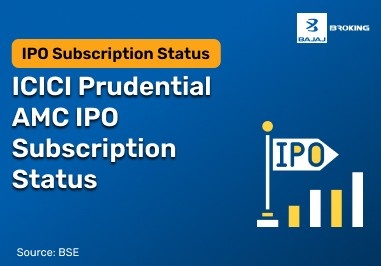Planning for a comfortable retirement starts with selecting the right long-term investment tools. The National Pension Scheme (NPS) is a government-backed retirement plan that helps build a stable income after retirement. One of the common goals is to receive a monthly pension of ₹75,000. Achieving this requires an understanding of the NPS structure, investment strategy, annuity rules, and expected returns. The amount you invest today directly impacts your post-retirement benefits. With consistent contributions and the right annuity selection, your target can be achievable. This article explores the workings of the NPS Calculator, investment choices, and annuity norms. By planning early and reviewing regularly, you can align your savings with your goal of a ₹75,000 monthly pension after retirement.
National Pension Scheme Meaning
The National Pension Scheme (NPS) is a government-backed retirement plan. It helps you save money over the long term during your working years. You invest regularly in your NPS account. When you retire, you can withdraw part of the amount and use the rest to buy an annuity, which gives you a fixed monthly income.
NPS is open to all Indian citizens and offers tax benefits, making it a popular retirement planning tool.
NPS: Active Vs Auto-Choice Options
NPS offers two ways to manage your investments: Active Choice and Auto Choice.
Active Choice:
You decide how to split your money across equity, government bonds, and corporate debt. Equity has a maximum limit of 75%. This suits investors who want full control.
Auto Choice:
The system adjusts your asset mix based on your age. Younger investors get more equity; older ones get more debt. This suits those who prefer a hands-off approach.
Your choice affects how much your corpus grows. While opening your NPS account online, you can select either option based on your comfort with risk.
During the process of Opening NPS Account Online, subscribers are prompted to select between Active and Auto Choice, making this decision an important early step in retirement planning.
How The NPS Annuity Rule Works?
Upon retirement, NPS subscribers must use a minimum of 40% of their accumulated corpus to purchase an annuity plan from a registered insurer. The annuity provides a fixed monthly payout depending on the annuity type selected, such as with or without the benefit of purchase price. The remaining 60% can be withdrawn as a lump sum, and it's tax-exempt as per current norms.
The annuity rate, typically ranging between 5% and 6.5%, plays a critical role in determining the monthly pension. For instance, to receive ₹75,000 per month (or ₹9 lakh annually), one would require a corpus of approximately ₹1.4–1.8 crore in the annuitized portion, depending on the annuity rate. The NPS withdrawals and annuity decisions are crucial because the pension amount will vary based on how much is annuitized and the type of annuity selected.
NPS Calculator: Getting ₹75,000 Pension Monthly
To determine how much should you invest in NPS to get a ₹75,000 pension per month after retirement, the NPS Calculator helps estimate the required contributions based on key inputs like current age, retirement age, investment gains, and annuity rate.
Let’s take an example:
In this case, you would need to invest around ₹40,000–₹45,000 per month in your NPS account. This may help you build a corpus of ₹2.5–₹3 crore by age 60.
Out of this, 40% (₹1–₹1.2 crore) would be used to buy an annuity, which pays your pension. The rest can be withdrawn. Use the calculator often to track your goals and make changes if needed.
Conclusion
Building a retirement income of ₹75,000 per month through NPS is possible with early planning, regular contributions, and informed decisions. Choosing between Active and Auto Choice, understanding annuity rules, and using the NPS Calculator regularly are essential steps. Always consider factors like expected returns, investment horizon, and annuity rate when planning contributions. Remember, the actual pension will depend on corpus size, market performance, and the annuity plan selected. As financial needs evolve, periodic review of your investment strategy is important to stay on track. NPS is a disciplined, tax-beneficial way to save for retirement. With proper planning and adjustments, it can help create a stable post-retirement income that meets your lifestyle goals.
Additonaly Read: What is Monthly Income Plan














